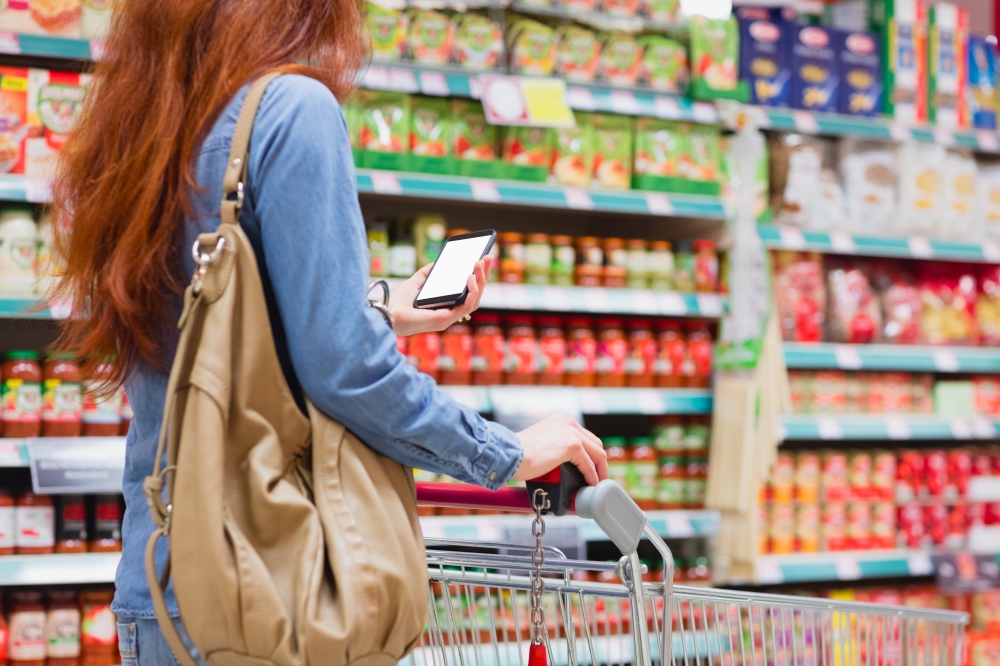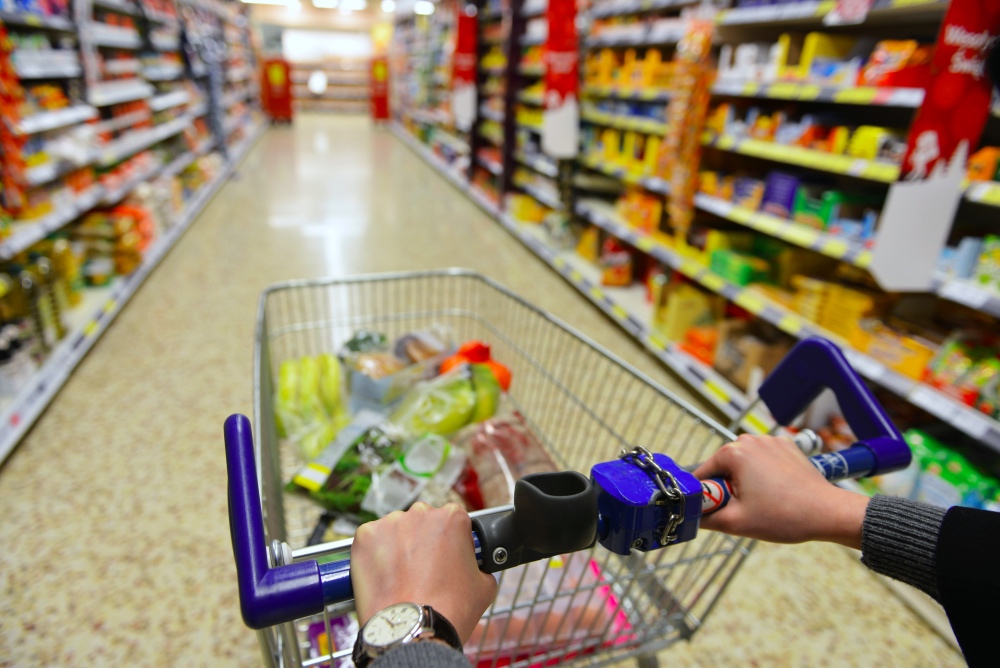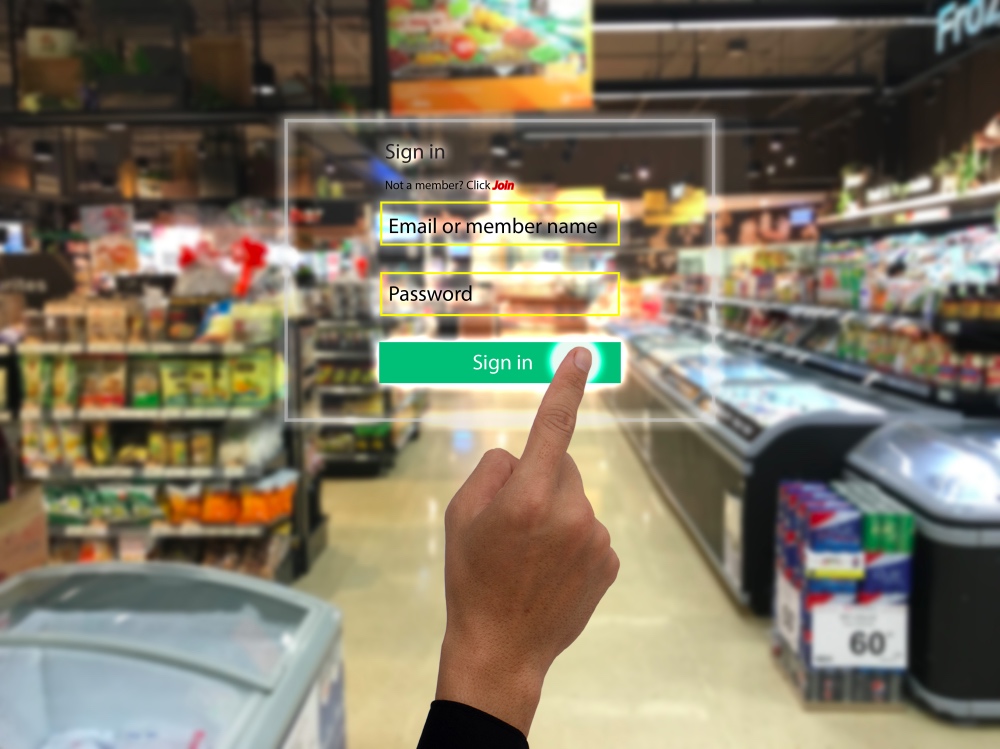Invisible payment technologies
A new study published by Juniper Research says Amazon Go and other “invisible payment” technologies will process over $78 billion in transactions by 2022 – up from an expected $9.8 billion in 2017.
Although currently in single figures today, these deployments are projected to reach over 5,000 retail outlets over the next 5 years, with retailers seeking to create a frictionless and engaging consumer experience. Concurrently, the number of consumers using checkout apps, which allows shoppers to scan their own items, will increase from just under 4 million to over 30 million during the same period.

Juniper Research also concludes that the cost and complexity of infrastructure integration are expected to constrain deployments of invisible payments systems in the short term. In addition, the majority of revenue from new retail technologies will (initially) be derived from checkout apps and automatic scanning.
Both, says Juniper Research, have lower upfront costs than setups like Amazon Go or Panasonic’s robotic checkout. Moreover, checkout apps and automatic scanning can be utilized as information and promotion platforms, which increases overall spending. In fact, Juniper Research analysts estimate that these technologies will drive an average increase in revenue of over $300 per shopper per annum by 2022.
“Retail technologies are all moving to make in-store retail more experience-focused,” says Juniper Research author James Moar. “This is ideal for online-first retailers as the store functions as an advert for an existing business. Offline-first retailers need to both have more personalized experiences and maintain the same transaction volume; a far harder task.”
Bridging the loss prevention gap
Meanwhile, Forrester principal analyst Brendan Miller observes that the success of mobile self-checkout is contingent upon bridging the loss prevention gap. As Miller notes, consumer demands and expectations have created a new alternative to queuing at many retailers. For example, Starbucks’ Mobile Order and Pay program now accounts for 20% of peak transactions at top stores, while Sam’s Club “Scan and Go” app enables consumers to bypass the checkout line and boasts a near 5-star rating on the App Store.
Nevertheless, says Miller, loss prevention is holding many retailers back from implementing mobile self-checkout.

“The thought of customers scanning one item but dropping another into their baskets (or adding a few extra items without scanning) and walking out the door is enough to give any Head of LP heart palpitations,” he explains. “Most department, convenience and grocery stores don’t have the operational systems and people in place to mind the new risk mobile self-checkout presents.”
Moreover, says the Forrester analyst, installing shelf-sensors to create an Amazon Go like experience isn’t financially feasible at this point in time.
“Ultimately, digital business leaders must prove the CX and customer engagements benefits out-weigh the risks,” Miller added. “A more engaging customer experience must be the goal while providing a more convenient checkout experience being the immediate benefit.”
In the meantime, says Miller, retailers can implement a number of interim steps to bridge the LP risk gap, including asking shoppers to check-in with a mobile app as they enter a store, conducting random or algorithmic security checks for high-risk items or in-store activity and installing a monitored, expedited lane for mobile self-checkout.
Streamlining the checkout process
While Amazon Go may offer us a glimpse of what frictionless commerce could potentially look like in the future, retailers are already offering customers a seamless shopping experience with mobile apps that allow in-aisle payments and order-ahead functionality. This removes the need to queue, reducing drop out and increasing margins. Moreover, mobile apps also enable customers to easily pay with a combination of credit, points and coupons at the touch of a button.

Looking forward, augmented reality (AR) can be used to serve up additional product information in real-time, with data enabling hyper-personalized offers and benefits to customers as they enter and shop. In the meantime, digitizing vouchers, receipts, advertising and plastic store credit, gift and loyalty cards simplifies life for both consumers and retailers, all while reducing overhead.
Clearly, the in-store shopping experience is changing and retailers need to react. Using digital mobile wallets and apps in the right way can enhance the buying experience, reduce operational costs and increase revenues, without the associated complexity of other deployments. Consumers are beginning to expect more from an in-store shopping experience and smart retailers now have an opportunity to get ahead of the curve.
For more information on the future of mobile payments, download our eBook below.

